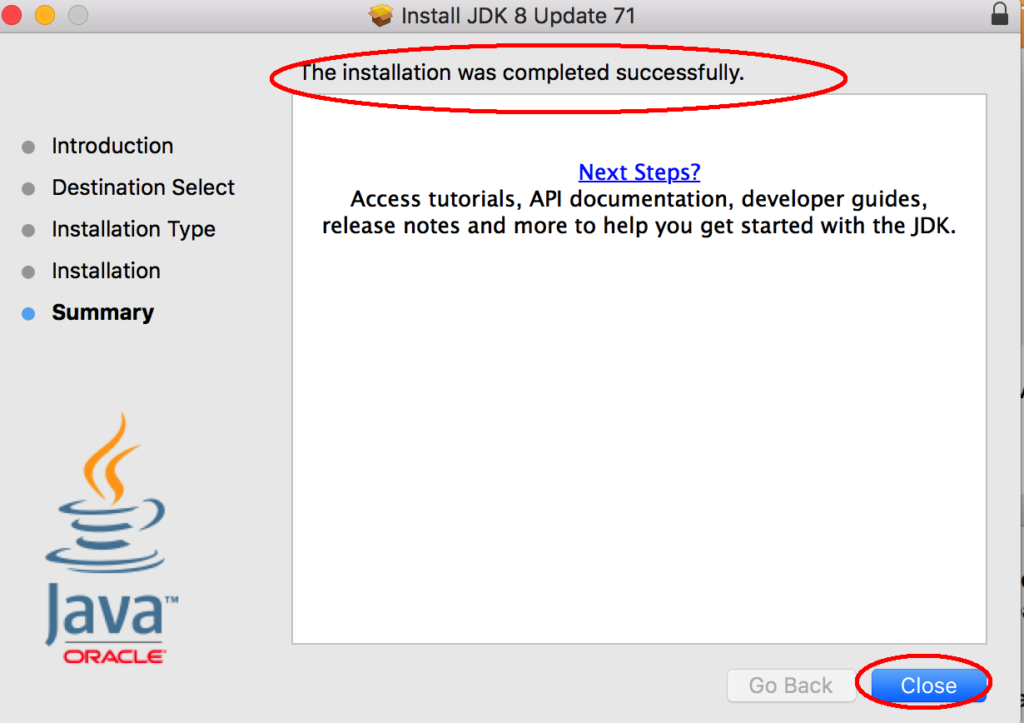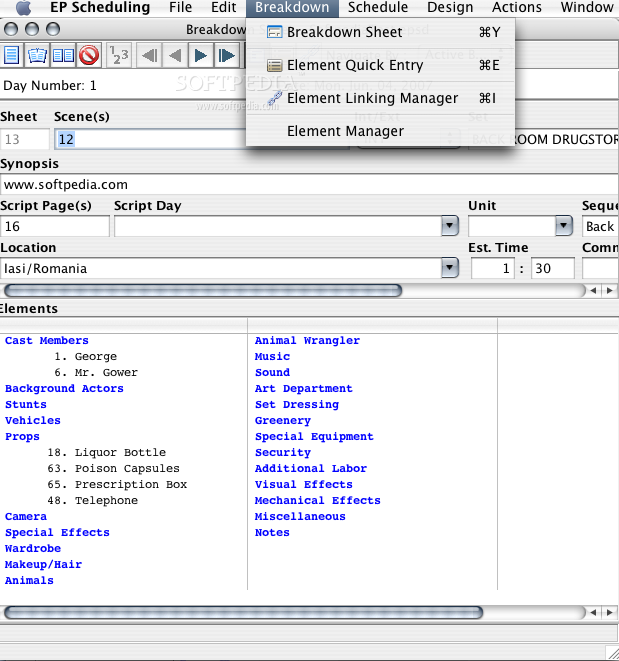

If (type = kCGEventTapDisabledByTimeout || type = kCGEventTapDisabledByUserInput) Our workaround was to recompile libglass.dylib and modify the line: The only difference between Alert.show and Alert.showAndWait was that the implementation of Alert.showAndWait seemed to spawn off a JavaFX nestedLoop. Alert.show did not suffer from this issue, although we still got an Assertion logged out (*** Assertion failure in -) on the console. This happened whenever we had an Alert that was opened with the Alert.showAndWait method. This was due to it not expecting an kCGEventTapDisabledByUserInput event which was sent to it when alt tabbing back and forth between the app. Libglass.dylib was crashing in listenTouchEvents in the call to tScene(new Scene(root, 300, 250)) Ĭlose dialogs before giving focus to another application. 13:19:26.951 java *** Terminating app due to uncaught exception 'NSInternalInconsistencyException', reason: 'Invalid parameter not satisfying: _type > 0 & _type void handle(ActionEvent event)Īlert alert = new Alert(AlertType.INFORMATION) 13:19:26.950 java *** Assertion failure in -, /BuildRoot/Library/Caches//Sources/AppKit/AppKit-1671/AppKit.subproj/NSEvent.m:1969 Now switch focus to another application (I'm using Safari for this), the back to the Java app and it will have vanished.

Run the attached program, click the "Say 'Hello World'" button to show the in for dialog. STEPS TO FOLLOW TO REPRODUCE THE PROBLEM : Updating to 10.14.1 Beta did not resolve the issue. % /usr/libexec/java_home -v 1.8.0_06 -exec javac -versionįor more information, see the java_home(1) man page.If a JavaFX application is showing a dialog and switch to another application is crashes.
JDK MAC OS FULL
To run a different version of Java, either specify the full path, or use the java_home tool: Java HotSpot(TM) 64-Bit Server VM (build 23.2-b04, mixed mode) Java(TM) SE Runtime Environment (build 1.8.0_06-ea-b13)
JDK MAC OS HOW TO
If the installed version is 8u6, you will see a string that includes the text 1.8.0_06. How to use /usr/libexec/javahome on macOS to: find all installed JDKs setJAVAHOME execute Java commands using a specific JDK version create a bash profile to enable setting of the JDK version. You can determine which version of the JDK is the default by typing java -version in a Terminal window. It is possible for the version of the JRE to be different than the version of the JDK. When launching a Java application through the command line, the system uses the default JDK. Depending on your processor, the downloaded file has one of the following names: jdk-8u version-macosx-amd64. You can use it to create Java applications and includes the new JavaFX 2.2 client stack. The JavaFX SDK and Runtime are also installed and integrated into the standard JDK directory structure. This release of the JDK is a developer-only version.
JDK MAC OS INSTALL
There can be multiple JDKs installed on a system, as many as you wish. When you install the Java Development Kit (JDK), the associated Java Runtime Environment (JRE) is installed at the same time. See "Note for Users of OS X that Include Apple Java 6 Plug-in". If you have not yet installed Apple's Java OS X 2012-006 update, then you are still using a version of Apple Java 6 that includes the plug-in and the Java Preferences app. Determining the Default Version of the JDK


 0 kommentar(er)
0 kommentar(er)
